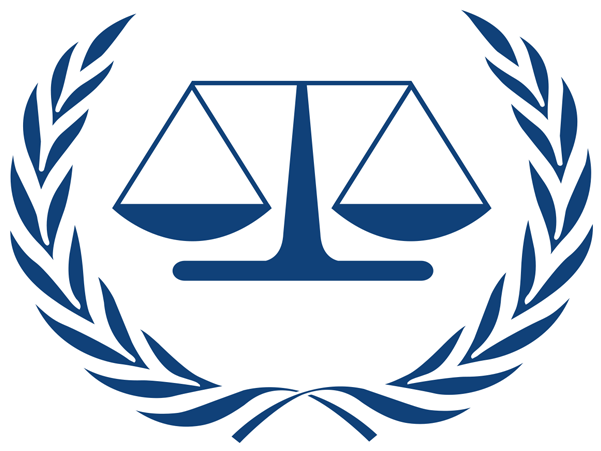
Berlin Workshop
Peace and Justice
Chairs: Michael Ignatieff and Harold Hongju Koh
A critical element of the “Holbrooke Formula” was “No Peace Without Justice.” This normative commitment, which formed a backdrop to Dayton, was later reiterated by Richard Holbrooke with respect to Kosovo, Sierra Leone and Afghanistan. During the Obama Administration, it formed the basis for his support for international criminal justice, for prosecutions at the International Criminal Tribunal for the former Yugoslavia and Rwanda (ICTY/ICTR), and for reversing US hostility to the International Criminal Court (ICC) under Secretary Hillary Clinton.
But as subsequent history has shown, the sequencing of peace and justice has become more complex as the number of situations under international criminal investigation have multiplied, normative maxims (“don’t deal with indicted war criminals”) have proliferated, and the ICC has evolved as an institution with a second-generation prosecutor, set of judges, and leadership of the Assembly of States Parties (ASP). An unaddressed crisis now looms with respect to the Crime of Aggression, which the ICC States Parties propose to fully implement by 2017. Improperly implemented, that crime could ironically deter states parties from humanitarian intervention to prevent the very atrocity crimes–war crimes, crimes against humanity, and genocide–that the ICC was institutionalized to punish.
In the adolescence of the implementation phase of “No Peace without Justice,” how should we think about the challenges of sequencing, reconciling competing demands, and using law to restrain abusive uses of force?
Am Sandwerder 17-19
14109 Berlin-Wannsee
